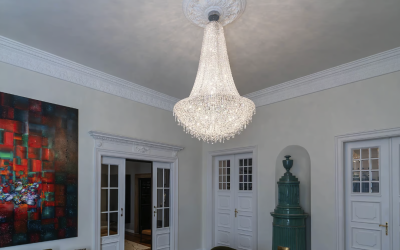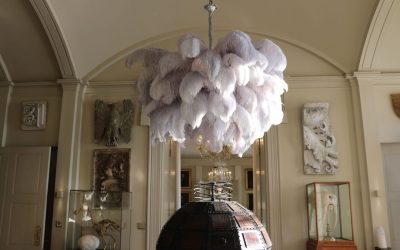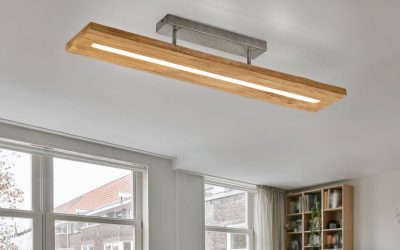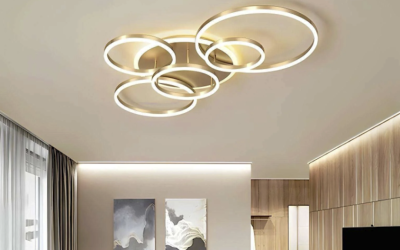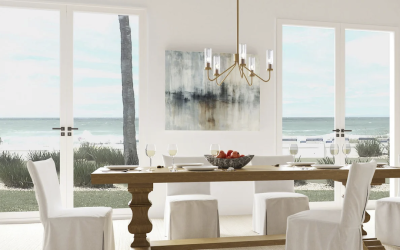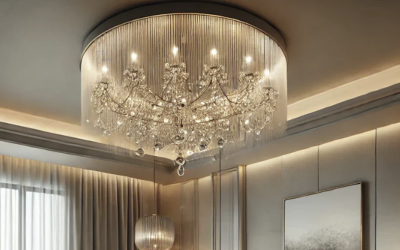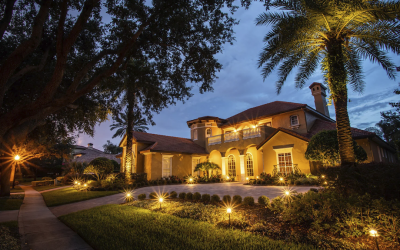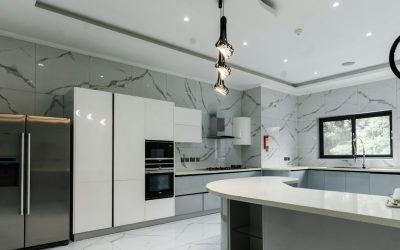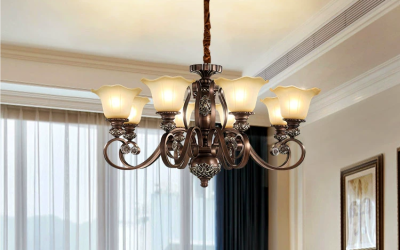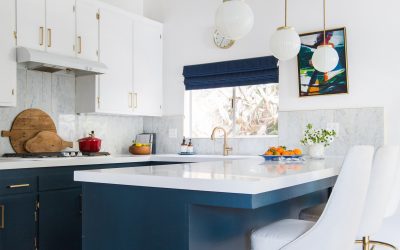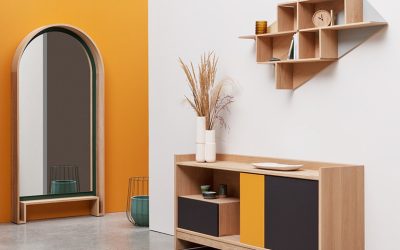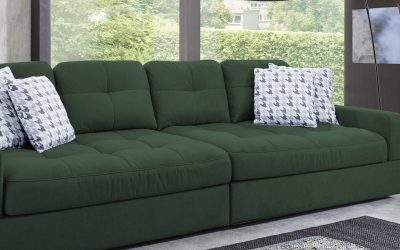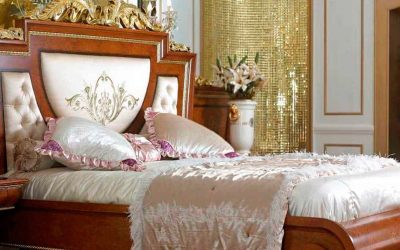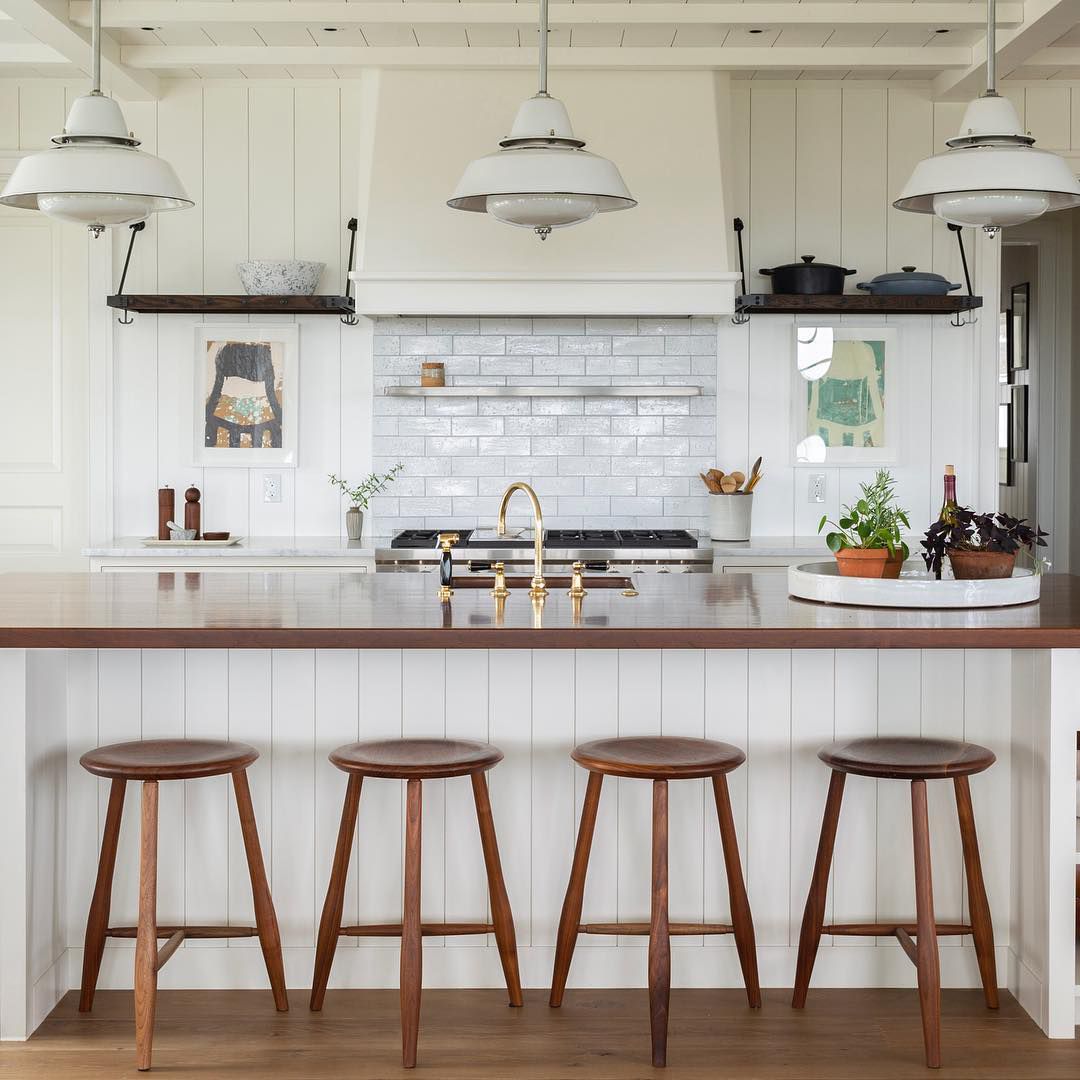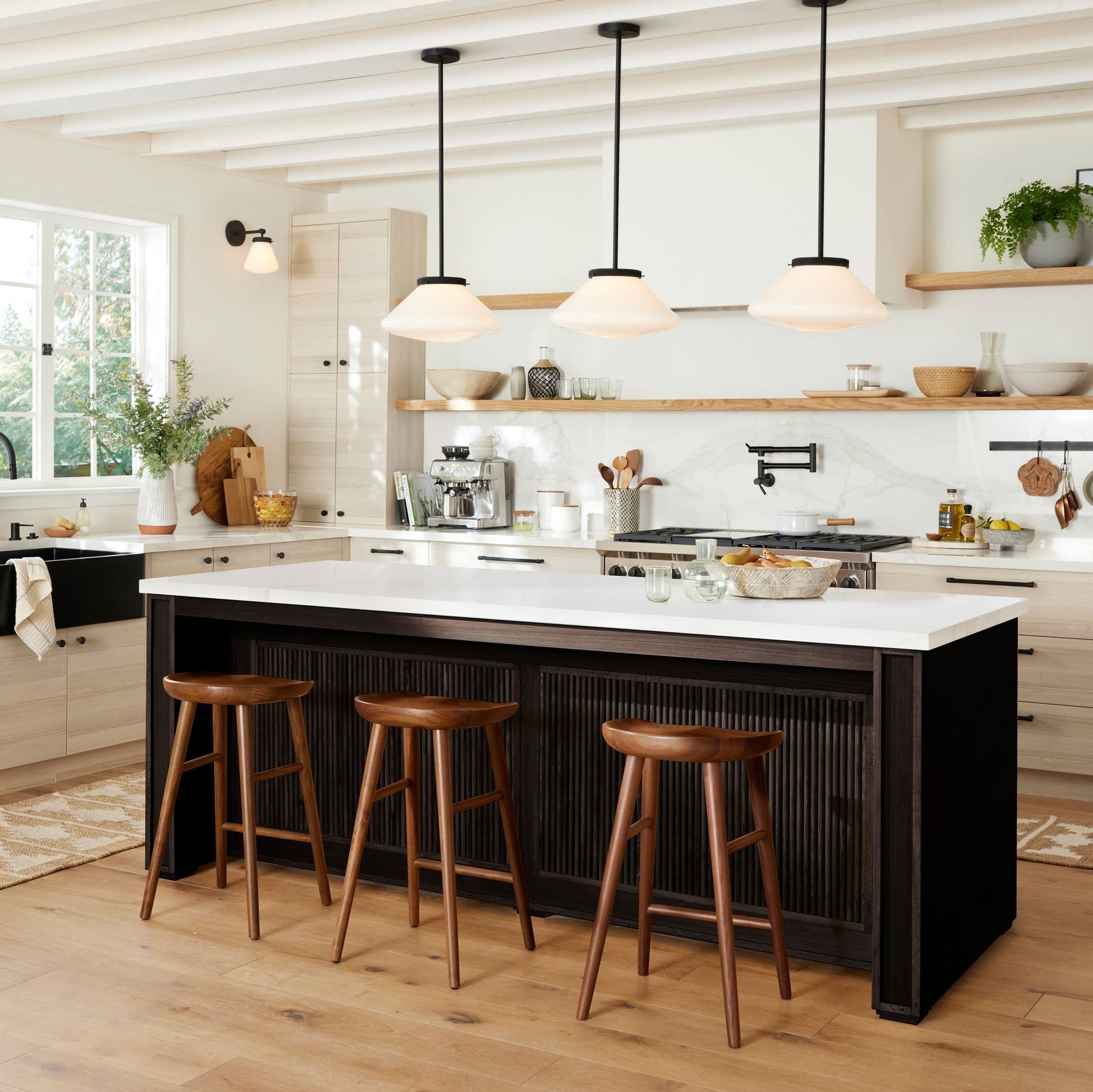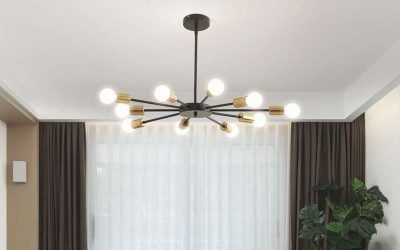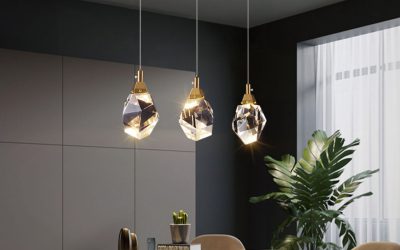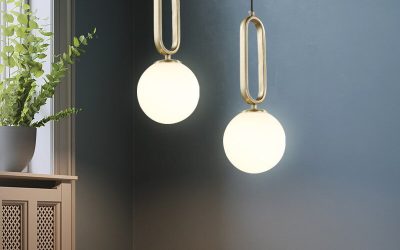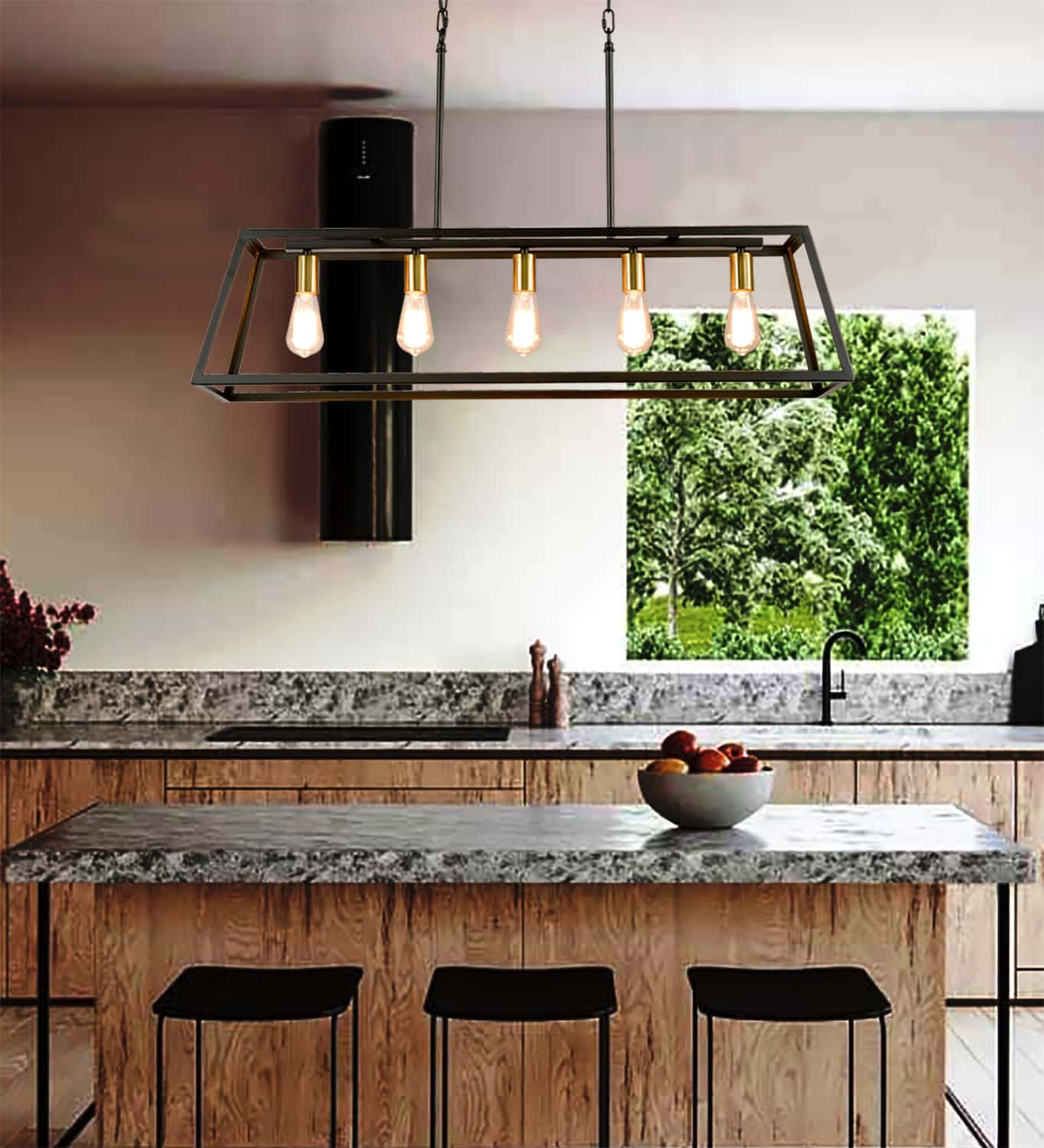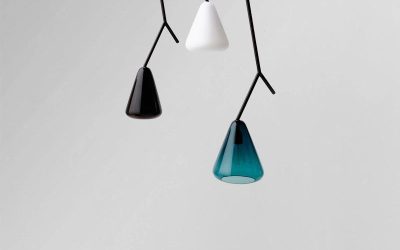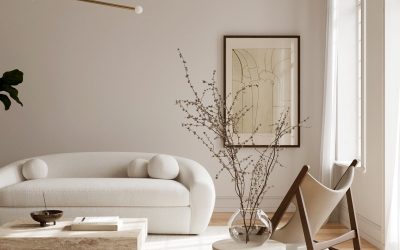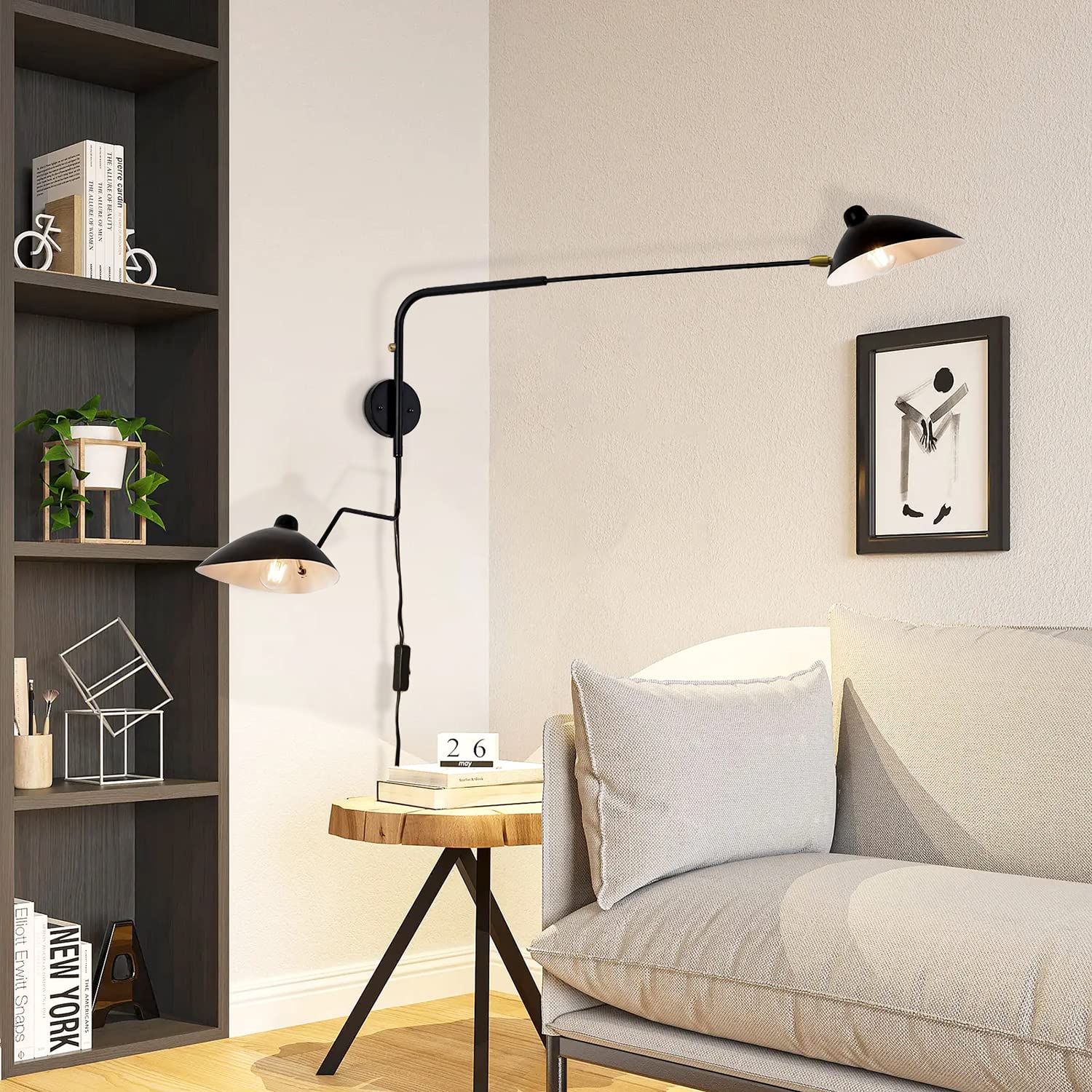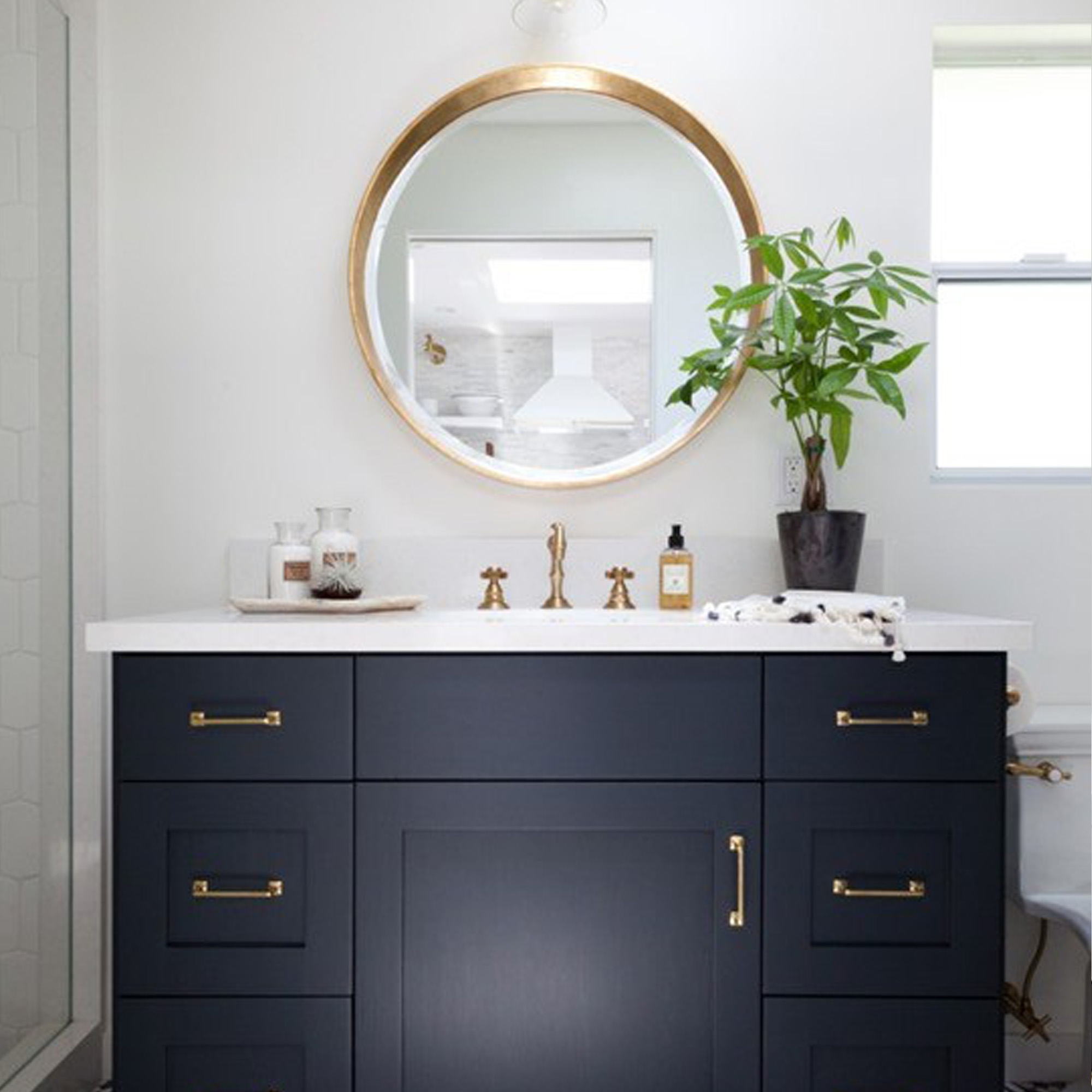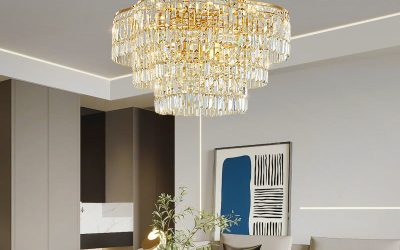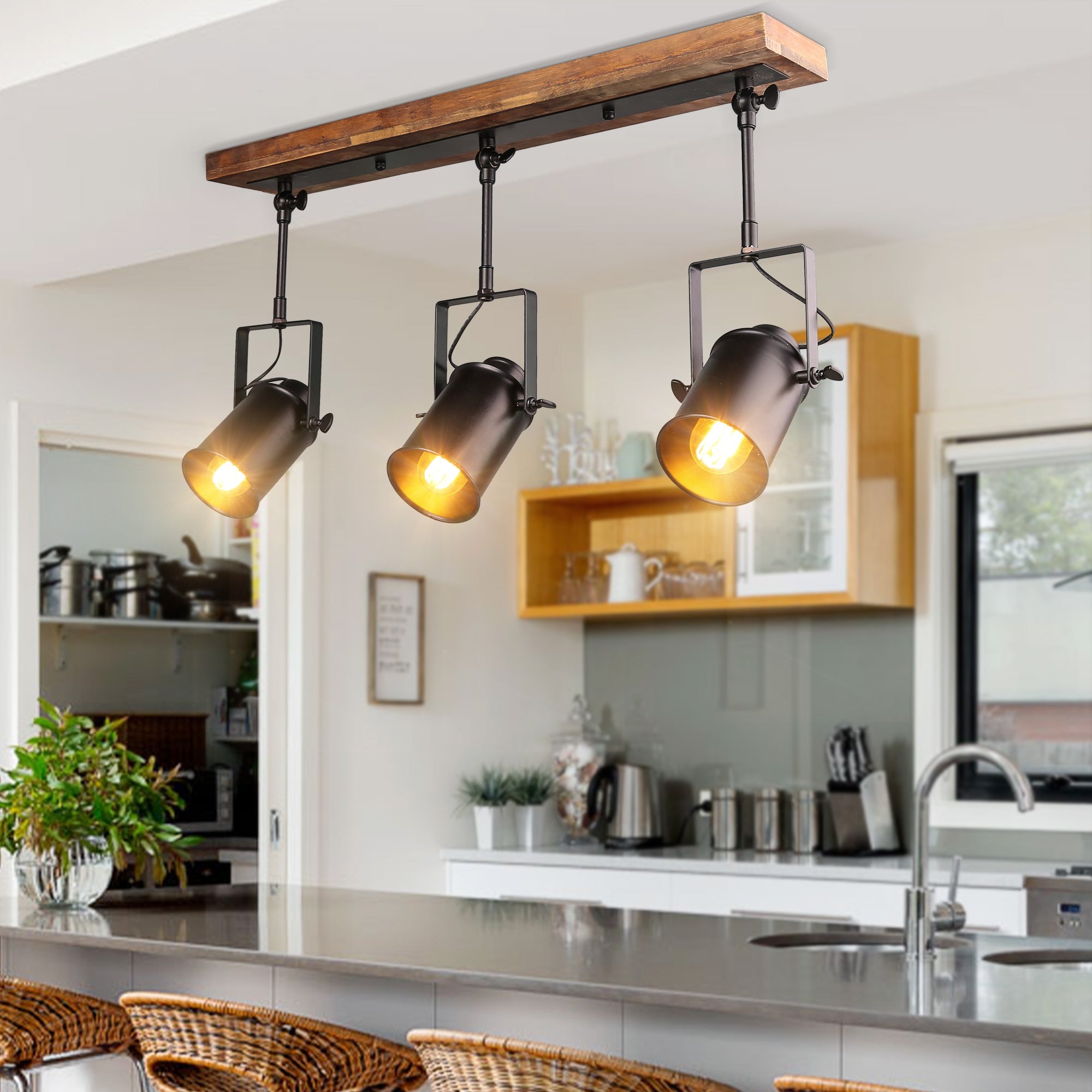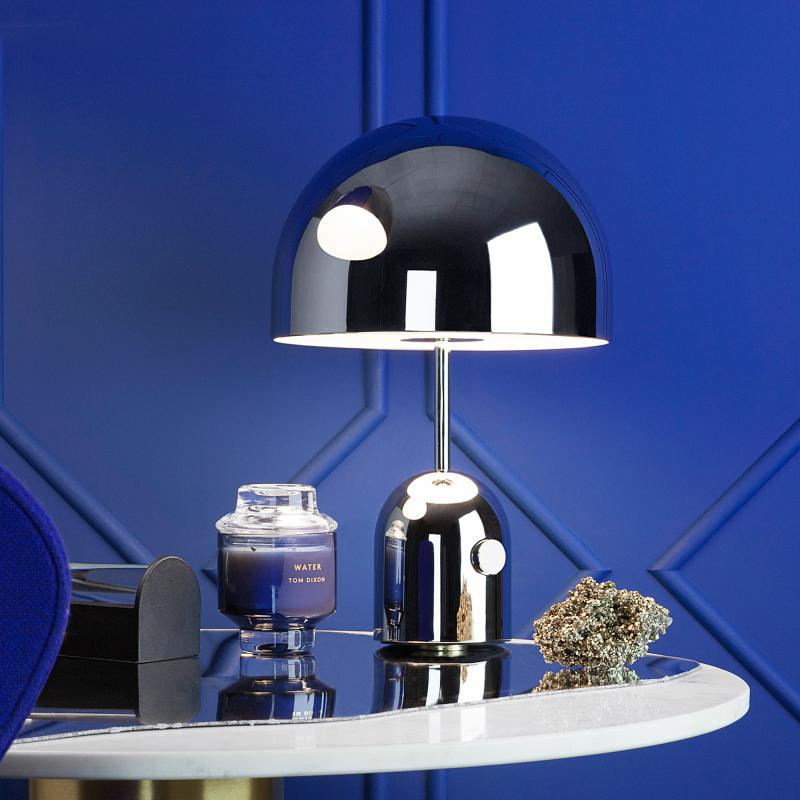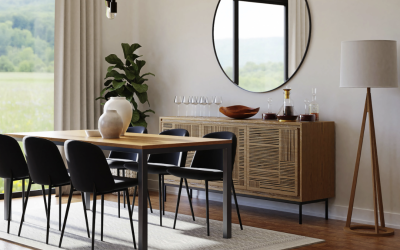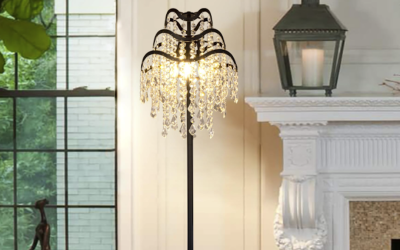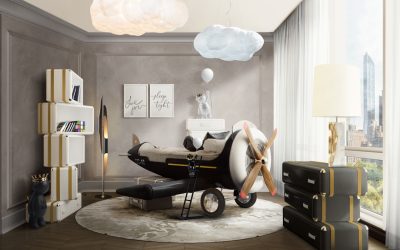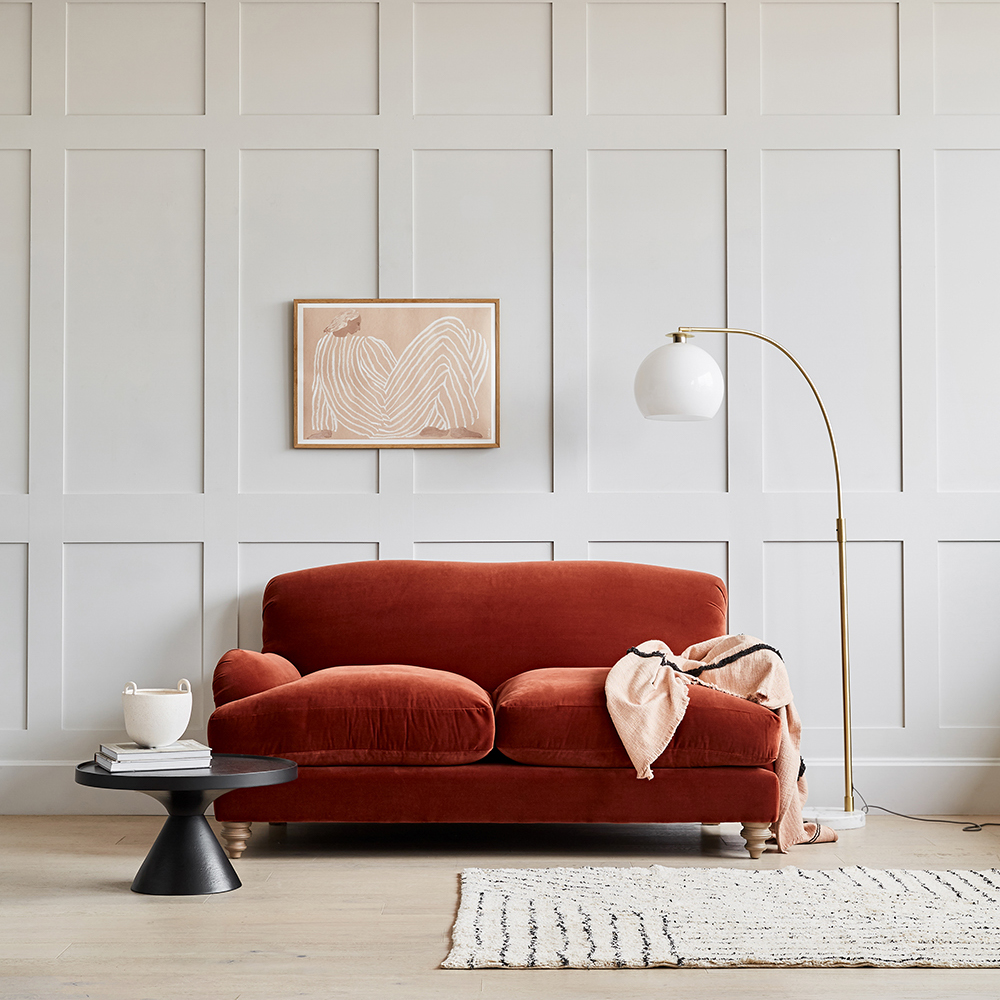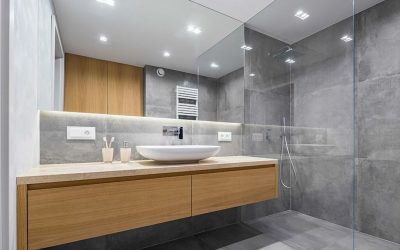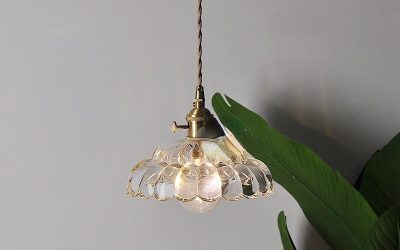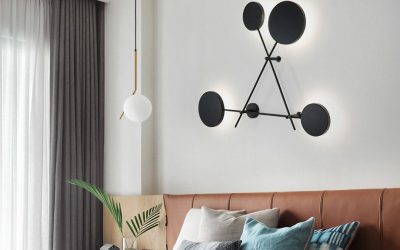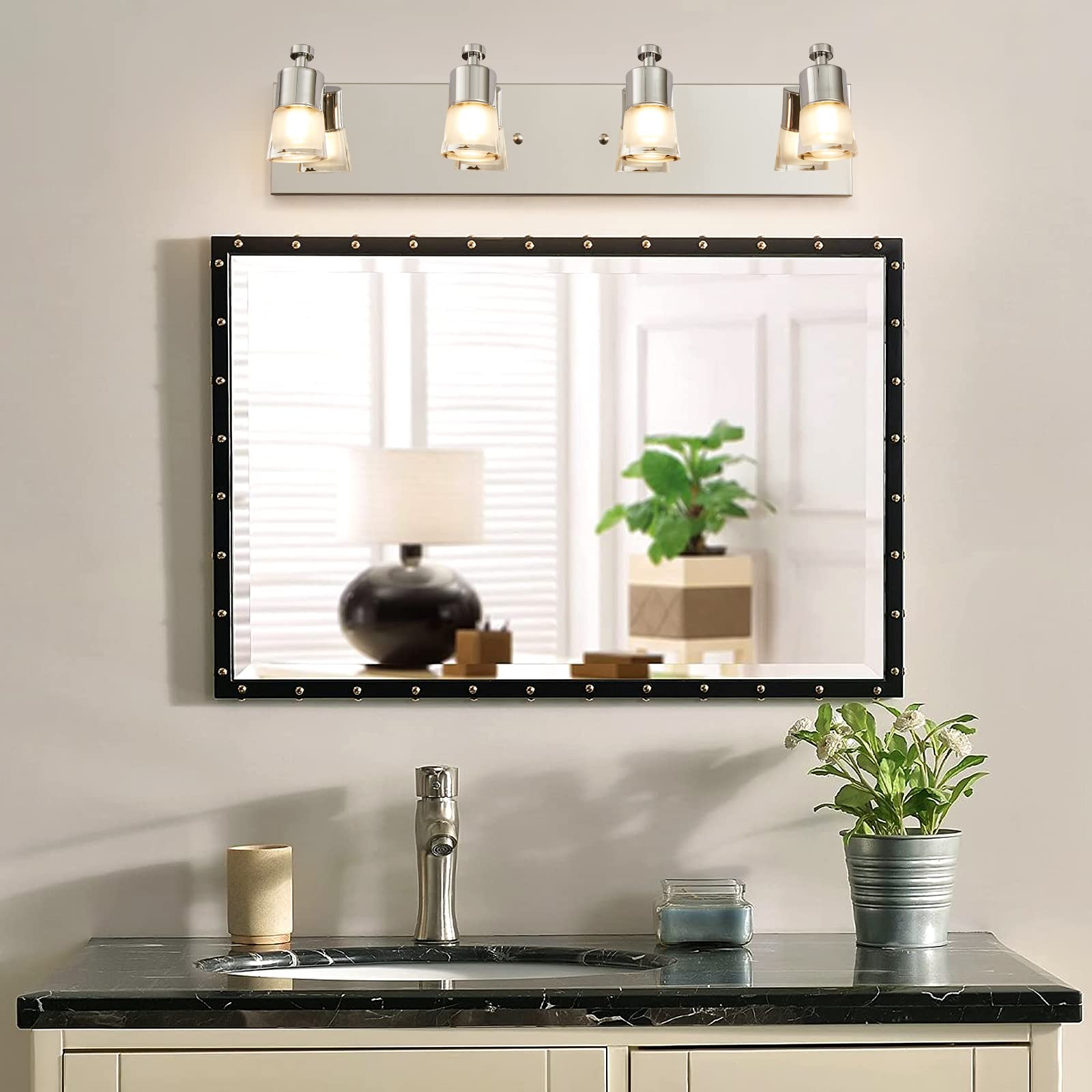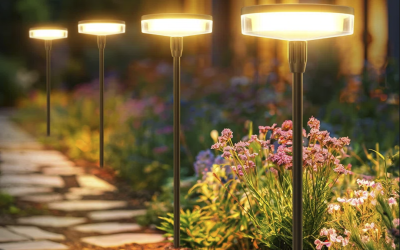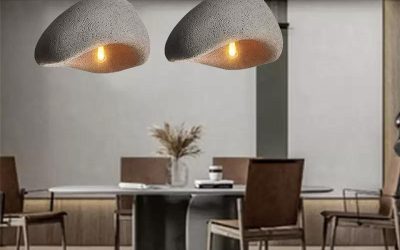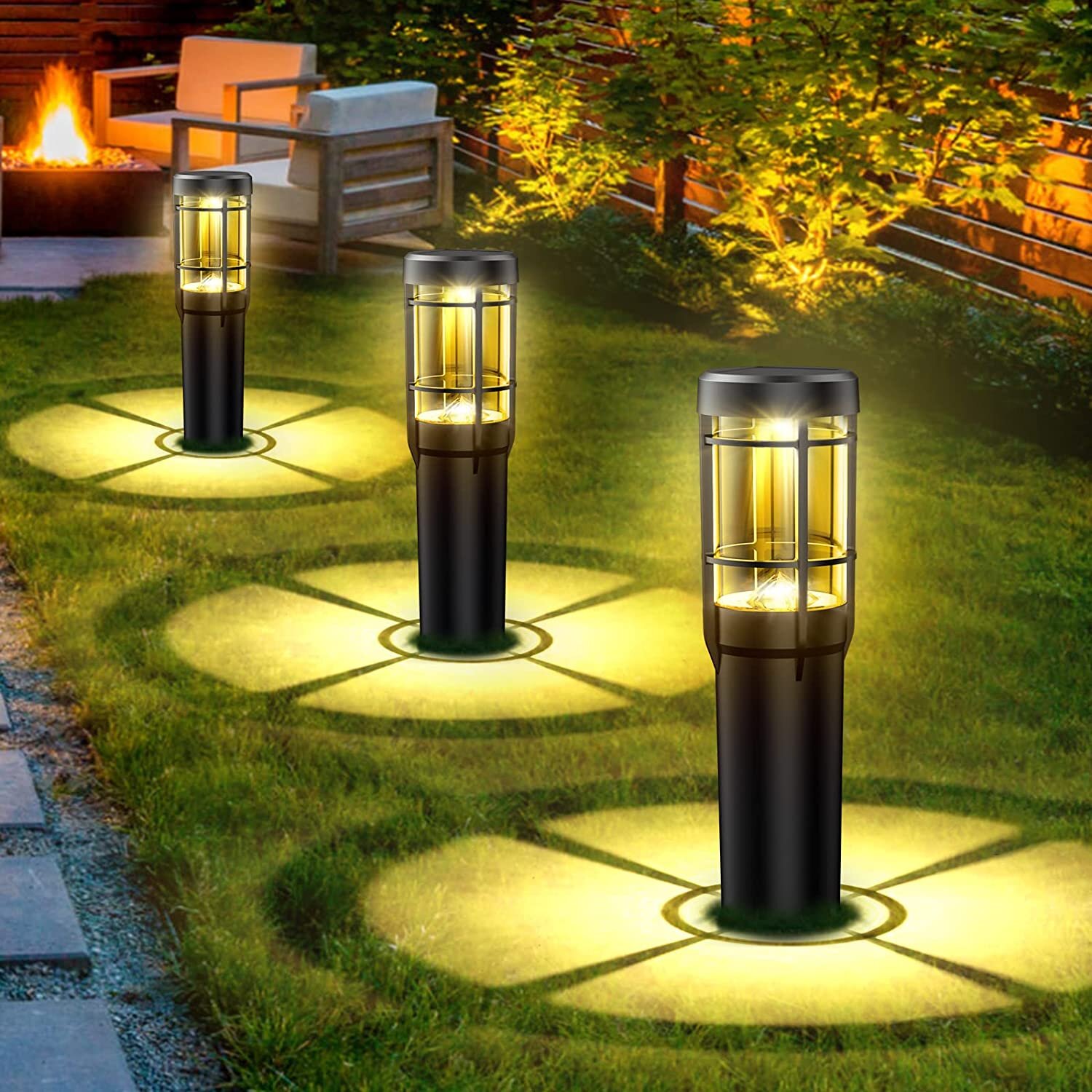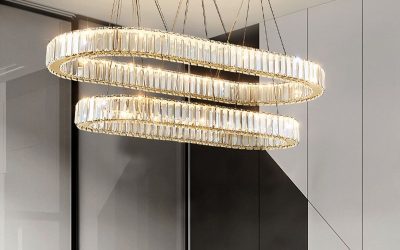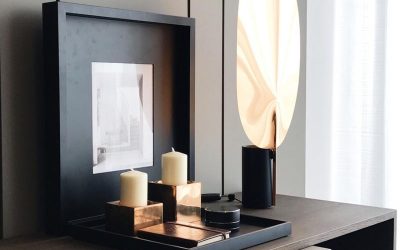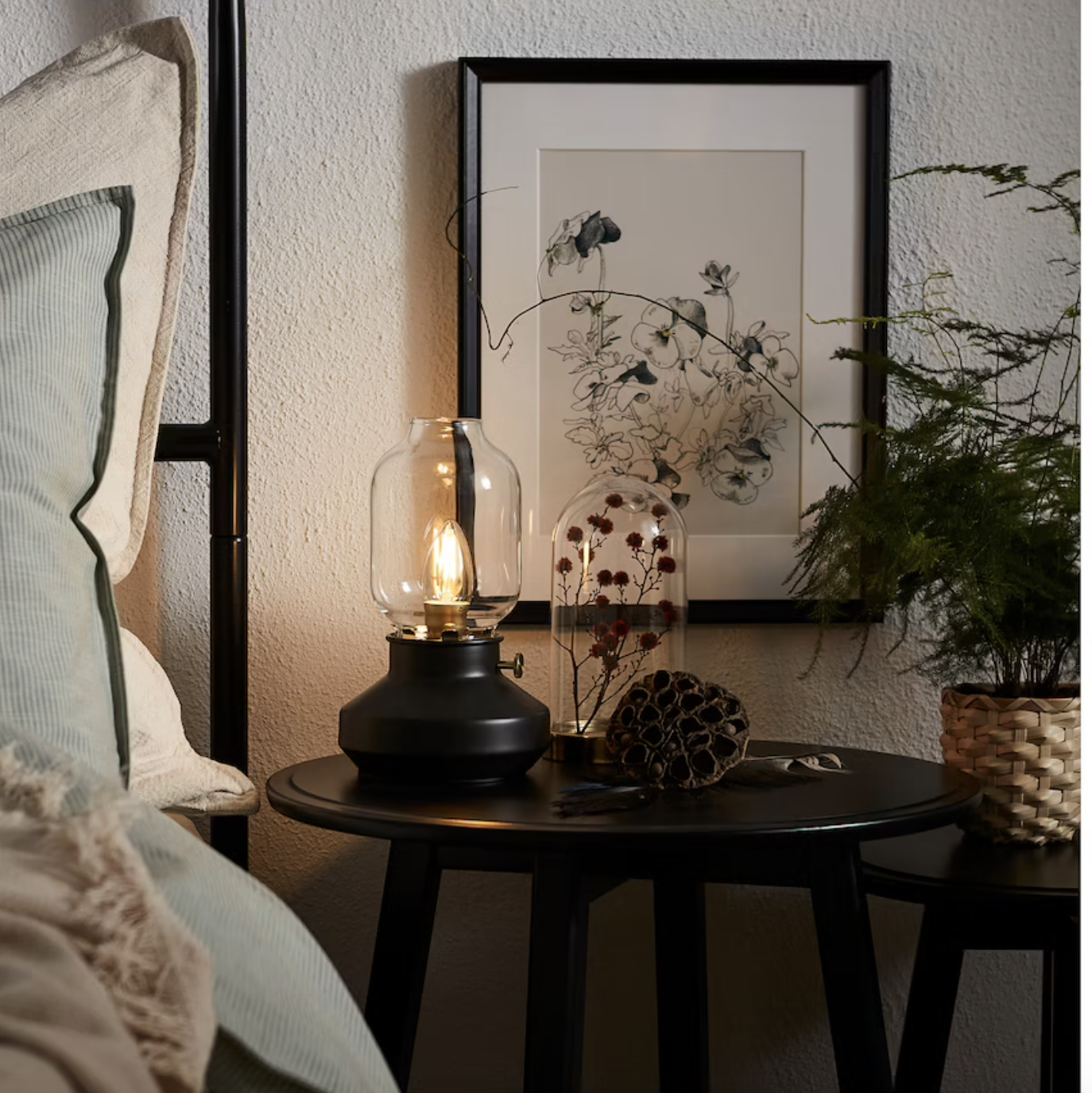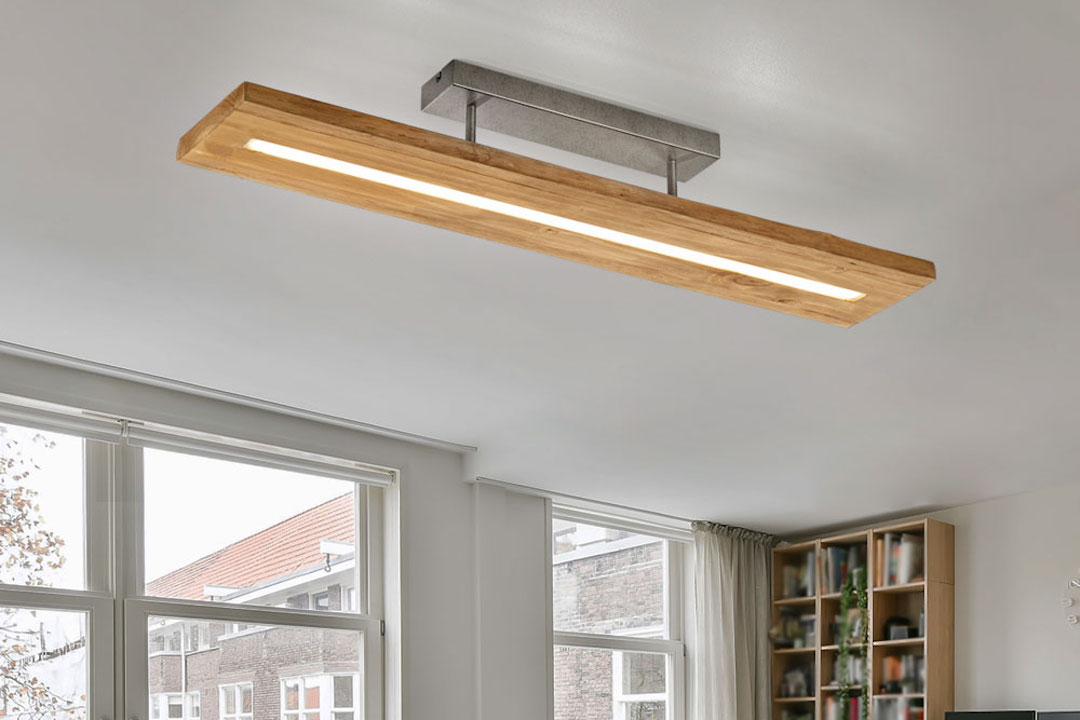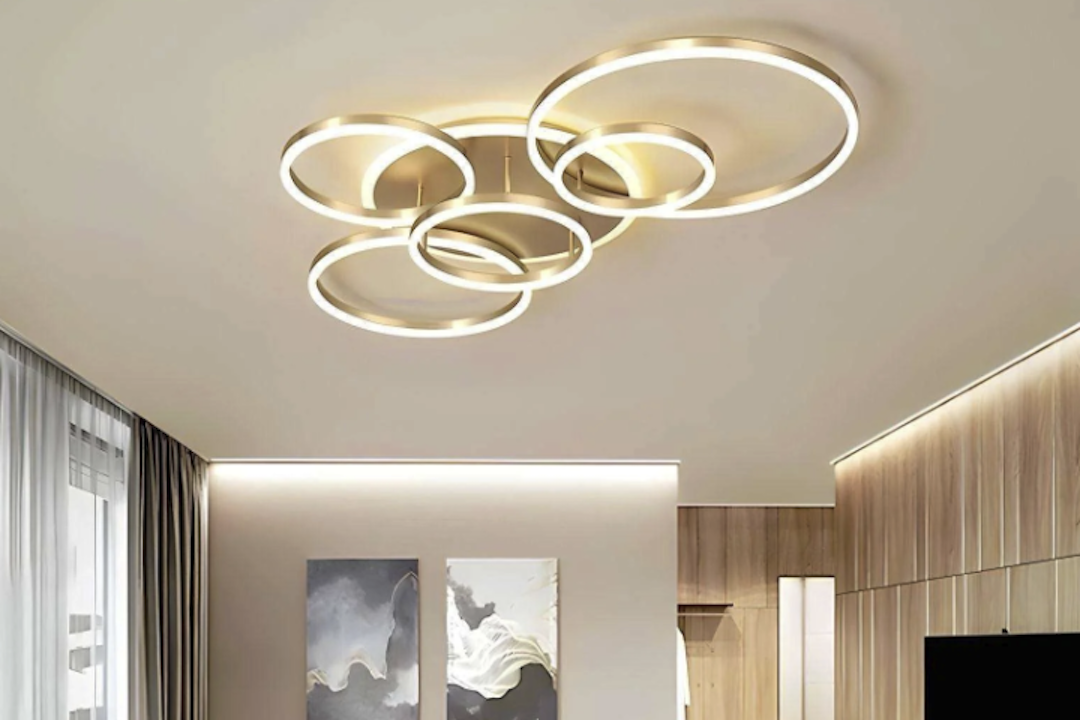Modern minimalist designs have gained immense popularity in recent years, characterized by their clean lines, uncluttered spaces, and a focus on functionality. This design philosophy emphasizes the idea that less is more, stripping away unnecessary elements to create a serene and harmonious environment. The color palette in modern minimalist interiors typically revolves around neutral tones, such as whites, grays, and beiges, which serve to enhance the sense of space and light.
Furniture pieces are often sleek and simple, avoiding ornate details and excessive embellishments. The overall effect is a calming atmosphere that promotes relaxation and mindfulness, making it an ideal choice for urban dwellers seeking refuge from the chaos of city life. In addition to aesthetics, modern minimalist designs prioritize practicality and efficiency.
Every piece of furniture and decor is chosen with purpose, ensuring that it serves a specific function while contributing to the overall design narrative. Open floor plans are common in minimalist homes, allowing for fluid movement between spaces and fostering a sense of connection. Natural light plays a crucial role in these designs, with large windows and unobstructed views being essential features.
By embracing the principles of modern minimalism, homeowners can create environments that not only look beautiful but also enhance their quality of life through simplicity and intentionality.
Industrial Chic
Industrial chic is a design style that draws inspiration from the raw, unfinished look of warehouses and factories. This aesthetic celebrates the beauty of exposed materials, such as brick walls, concrete floors, and metal fixtures, creating a rugged yet sophisticated ambiance. The color palette often includes earthy tones, deep grays, and muted colors that reflect the industrial roots of this style.
Furniture in industrial chic spaces tends to be robust and utilitarian, often incorporating reclaimed wood or metal elements that add character and history to the environment. This design approach is particularly appealing to those who appreciate a blend of modernity and nostalgia, as it evokes a sense of authenticity and craftsmanship. One of the defining features of industrial chic is its ability to seamlessly integrate various design elements while maintaining a cohesive look.
This style encourages the use of vintage or antique pieces alongside contemporary furnishings, creating an eclectic yet harmonious atmosphere. Lighting plays a significant role in industrial chic interiors; pendant lights with exposed bulbs or vintage-inspired fixtures can serve as striking focal points. Additionally, open spaces are often enhanced with large windows that allow natural light to flood in, further emphasizing the industrial aesthetic.
By embracing the raw beauty of materials and the charm of vintage elements, industrial chic offers a unique way to create spaces that are both stylish and inviting.
Vintage and Retro Styles
Vintage and retro styles celebrate the charm of bygone eras, infusing spaces with character and nostalgia. These design approaches often draw inspiration from specific decades, such as the bold colors and geometric patterns of the 1960s or the elegant lines and rich textures of the 1920s. Vintage decor typically features unique pieces sourced from thrift stores, flea markets, or family heirlooms, allowing homeowners to curate a collection that tells a personal story.
The use of vibrant colors, playful patterns, and eclectic furnishings creates an inviting atmosphere that encourages creativity and self-expression. Vintage styles often evoke feelings of warmth and familiarity, making them particularly appealing for those who wish to create a cozy home environment. Incorporating vintage and retro elements into modern spaces can be an exciting challenge for designers and homeowners alike.
Mixing old with new allows for endless possibilities in terms of aesthetics and functionality. For instance, pairing a mid-century modern sofa with contemporary art pieces can create a striking contrast that highlights the best of both worlds. Accessories such as vintage lamps, retro clocks, or patterned textiles can serve as conversation starters while adding depth to the overall design.
Furthermore, vintage styles often emphasize craftsmanship and quality materials, making them not only visually appealing but also durable choices for long-term use. By embracing vintage and retro styles, individuals can create spaces that are rich in history while remaining relevant in today’s design landscape.
Statement Pieces
Statement pieces are bold elements within a space that capture attention and serve as focal points. These can range from oversized artwork to striking furniture items or unique decor accessories that stand out due to their size, color, or design. Incorporating statement pieces into interior design allows homeowners to express their personality and style while creating visual interest within a room.
For instance, a large abstract painting can transform a plain wall into a captivating backdrop, while an eye-catching chandelier can elevate the ambiance of an otherwise understated dining area. The key to successfully integrating statement pieces lies in balancing them with complementary elements to ensure they enhance rather than overwhelm the space. The impact of statement pieces extends beyond mere aesthetics; they can also influence the mood and atmosphere of a room.
A vibrant rug can inject energy into a neutral space, while a sculptural coffee table can serve as both a functional item and a work of art. When selecting statement pieces, it’s essential to consider the overall design theme and color scheme of the space to ensure cohesion. Additionally, statement pieces can be used strategically to draw attention to specific areas within a home, guiding visitors through the space while creating a sense of flow.
By thoughtfully incorporating statement pieces into their interiors, homeowners can craft environments that are not only visually stunning but also deeply personal.
Multi-functional Options
In today’s fast-paced world where space is often at a premium, multi-functional options have become increasingly important in interior design. These versatile pieces serve multiple purposes, allowing homeowners to maximize their living areas without sacrificing style or comfort. For example, a sofa bed can transform a living room into an extra guest room when needed, while an ottoman with storage capabilities can provide both seating and organization in smaller spaces.
The rise of multi-functional furniture reflects a growing trend towards practicality in design, catering to the needs of modern lifestyles where flexibility is key. Moreover, multi-functional options are not limited to furniture alone; they can also extend to decor and layout choices within a home. For instance, using room dividers can create distinct areas within an open floor plan while maintaining an airy feel.
Foldable tables or expandable dining sets allow for easy adjustments based on the number of guests or activities taking place. This adaptability is particularly beneficial for urban dwellers who may need to accommodate various functions within limited square footage. By embracing multi-functional options in their designs, homeowners can create spaces that are not only aesthetically pleasing but also highly functional and adaptable to their evolving needs.
Energy-efficient and Sustainable Options
As environmental awareness continues to grow, energy-efficient and sustainable options have become essential considerations in modern interior design. Homeowners are increasingly seeking ways to reduce their carbon footprint while creating beautiful living spaces. This shift has led to the rise of eco-friendly materials such as bamboo flooring, recycled glass countertops, and low-VOC paints that minimize harmful emissions without compromising on style.
Incorporating these sustainable materials not only benefits the environment but also enhances indoor air quality, contributing to healthier living conditions for occupants. In addition to materials, energy-efficient appliances play a crucial role in sustainable interior design. From Energy Star-rated refrigerators to smart thermostats that optimize heating and cooling systems, these innovations help reduce energy consumption while providing convenience for homeowners.
Furthermore, integrating natural elements such as plants into interior spaces not only adds aesthetic appeal but also improves air quality by filtering toxins from the environment. By prioritizing energy-efficient and sustainable options in their designs, homeowners can create spaces that reflect their values while promoting environmental stewardship for future generations.
Customizable and DIY Options
The trend towards customizable and DIY options has empowered homeowners to take control of their interior design projects like never before. With an abundance of resources available online and in stores, individuals can personalize their spaces according to their unique tastes and preferences. Customizable furniture allows for adjustments in size, color, fabric, and configuration, enabling homeowners to create pieces that fit perfectly within their existing decor while reflecting their personal style.
This level of customization fosters creativity and encourages individuals to think outside the box when designing their homes. DIY projects have also gained popularity as people seek ways to infuse their personalities into their living spaces without breaking the bank. From upcycling old furniture to creating handmade decor items, DIY options offer endless possibilities for self-expression while promoting sustainability through repurposing materials.
Online platforms provide tutorials and inspiration for various projects, making it easier than ever for individuals to embark on their creative journeys. By embracing customizable and DIY options in interior design, homeowners can cultivate spaces that are not only visually appealing but also deeply meaningful—reflecting their stories and experiences in every corner.
Smart Technology Integration
The integration of smart technology into interior design has revolutionized how we interact with our living spaces. Smart home devices offer convenience and efficiency by allowing homeowners to control various aspects of their environment through smartphones or voice commands. From smart lighting systems that adjust brightness based on time of day to thermostats that learn user preferences for optimal energy savings, these technologies enhance comfort while promoting sustainability.
The seamless integration of smart technology into design allows for streamlined aesthetics without compromising functionality. Moreover, smart technology extends beyond mere convenience; it also enhances security within homes through features such as smart locks and surveillance cameras that can be monitored remotely. Home automation systems enable users to create personalized settings for different times of day or activities—such as dimming lights for movie nights or adjusting temperature settings for bedtime—creating an atmosphere tailored to individual needs.
As technology continues to evolve, so too does its potential impact on interior design; by embracing smart technology integration, homeowners can create spaces that are not only stylish but also equipped for modern living challenges.

